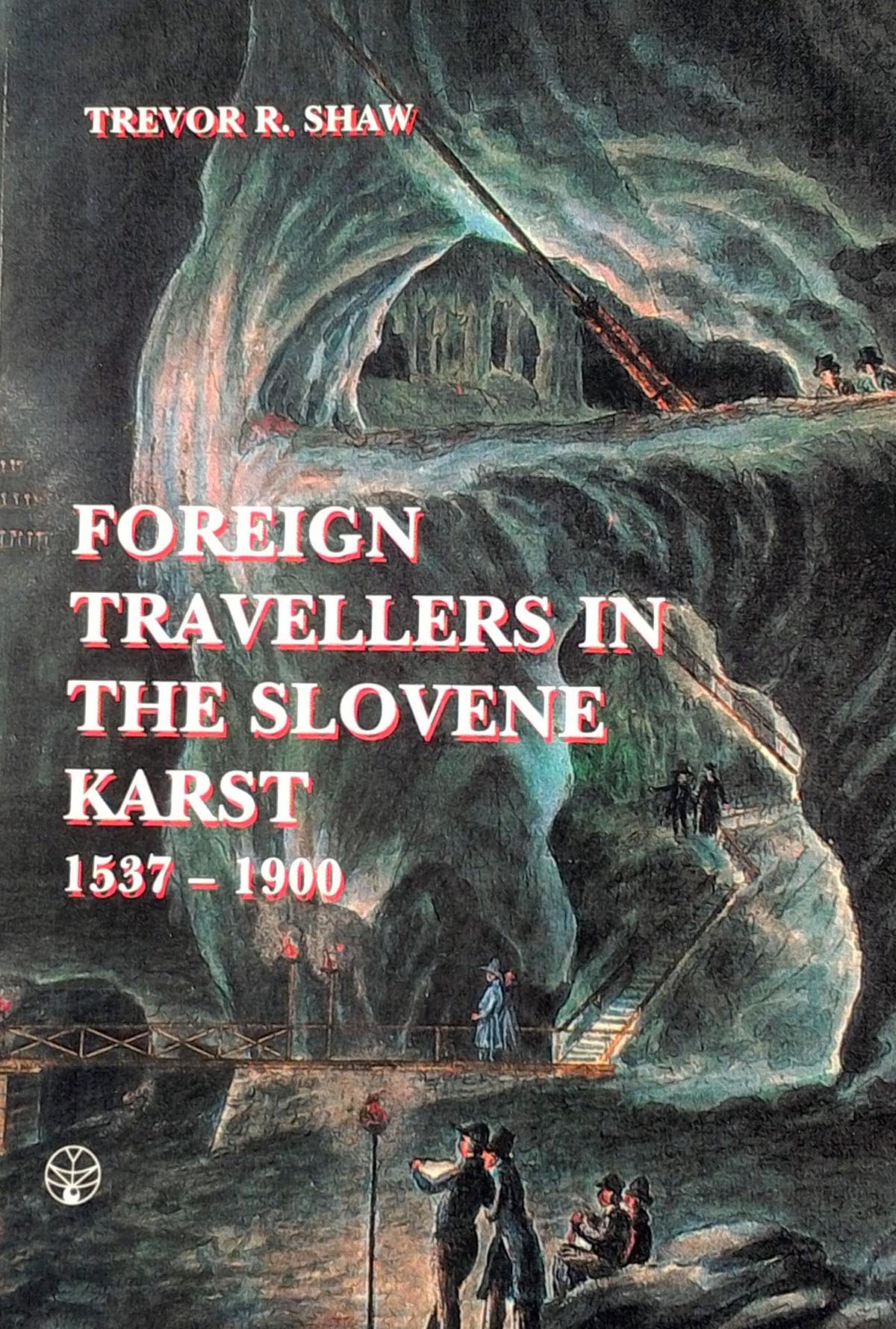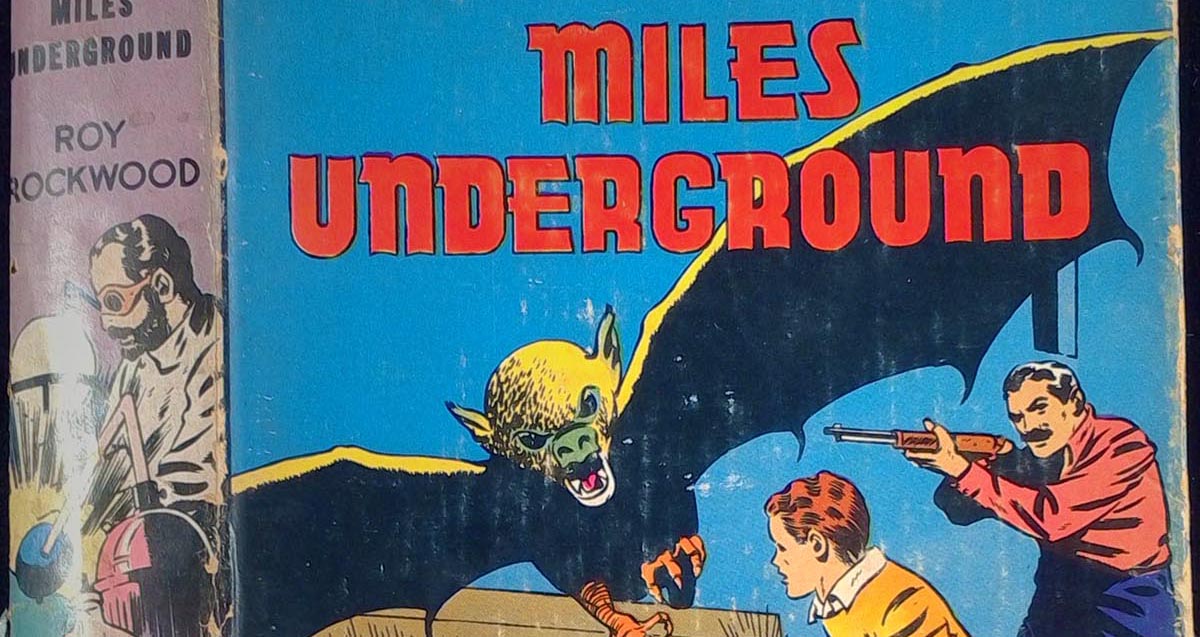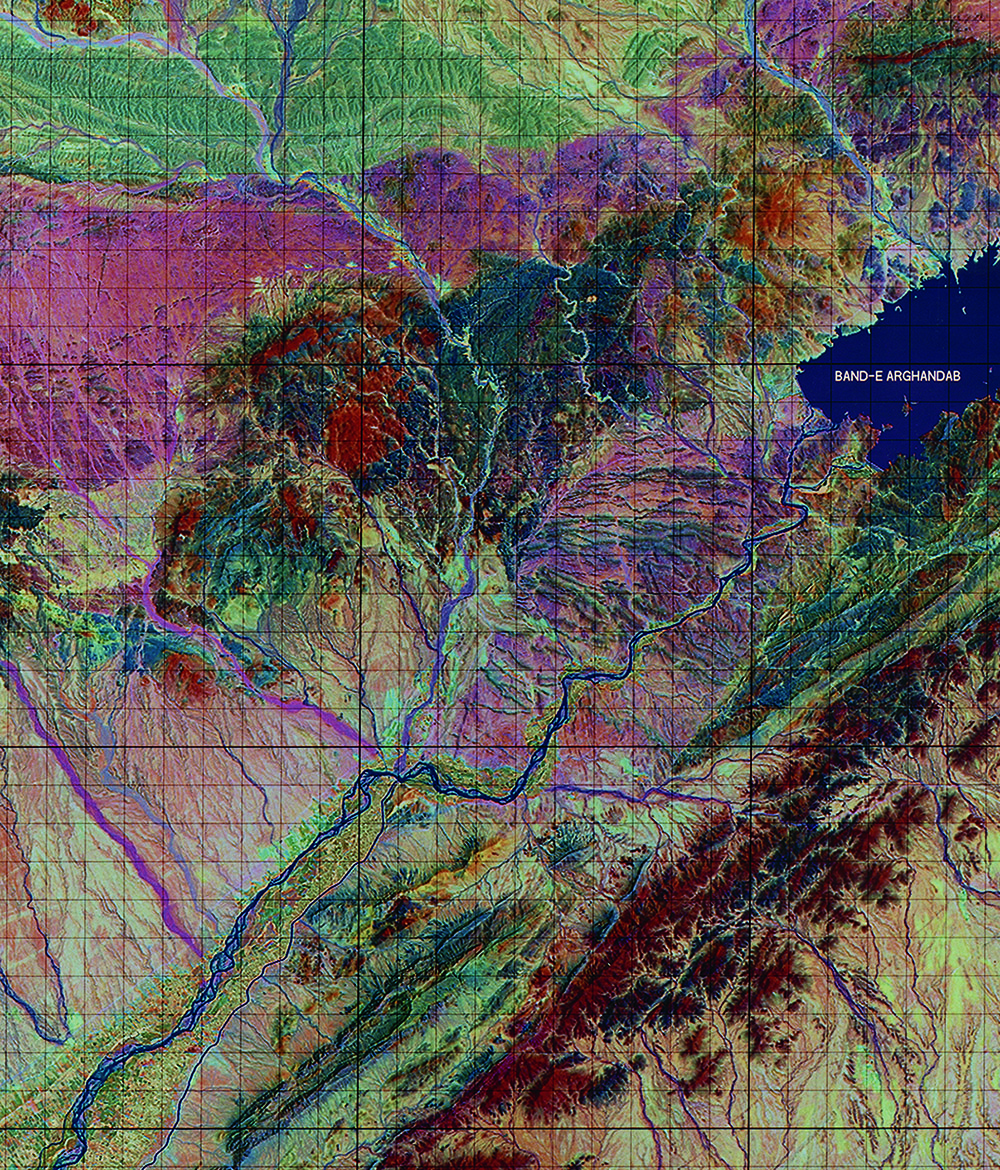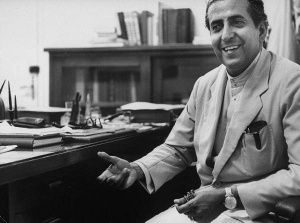Caves and karst (eroded limestone terrains) are tied to the whole of human history – as shelters, as sources of water, as places of mystery and worship, and as research topics in geology, biology, hydrology and engineering. The Walter Geology Library as a respected research library in earth sciences, has a strong collection in caves and karst research, particularly since Central Texas has many caves and karst features, and the region has long hosted an avid caving community.

One member of that local caving community, Bill Mixon — former book review editor for the National Speleological Society and friend of the Walter Library — recently donated his unique collection of over 1000 books and more than 1000 periodical issues related to cave and karst research, literature, and culture. Remarkably, this entire collection is all material new to the UT Libraries, significantly broadening and enhancing our existing collections.
The collection is largely international in scope, and among the items included, almost 1/3 of the books are not only new to UT, but not held otherwise in any US libraries, or not held anywhere at all. Another 20+% of the materials are held in fewer than 5 North American collections.
The literature of caving is largely produced by specialists for specialists, and much of it is only shared among informal networks, or is only available locally or regionally — not the kind of stuff you can buy on Amazon. For this reason, this gift of personally-curated material from around the world is a tremendous asset, representing years of effort on the part of the donor to amass such a significant cross section of the world’s cave publications.
We are grateful for the gift, as it adds significantly to our existing strengths, and will give future researchers the benefit of having guides, exploration reports, and research on most of the world’s major cave and karst systems all in one place.
Why Caves Matter.
Caves are:
- Hidden time machines and an historical record of previous natural and human activity
- Essential filtration tools and sources for water
- Home to unique critters and life forms, including bats, spiders, microbes
- Great sources of fossils of all kinds
- Key to the study of climate
- Important areas of earth science research
- Home to early man, later man, hiding man, man at war
- Repositories of early human art
- Important risk factors in construction
- Irresistible explorers’ temptation
Who cares?
- biologists
- geologists
- hydrologists
- engineers
- military
- historians
- explorers



